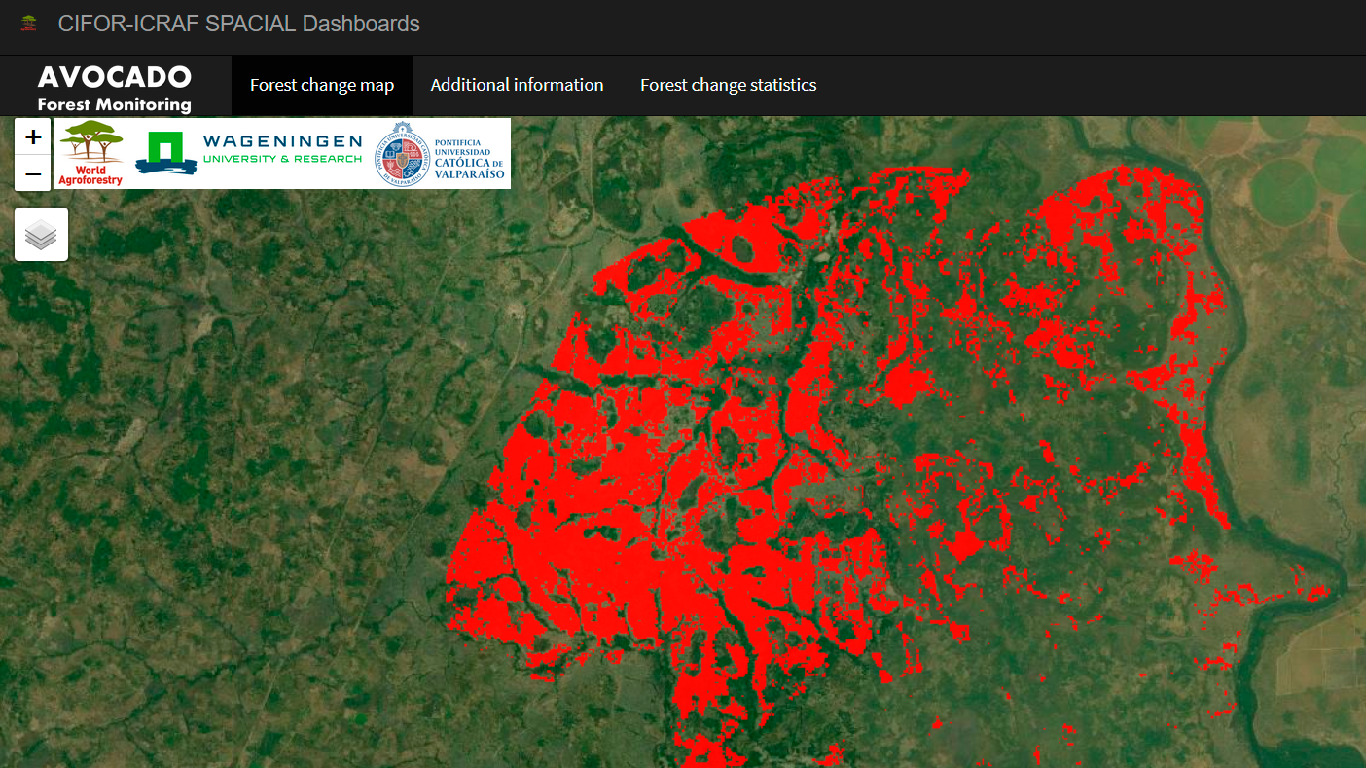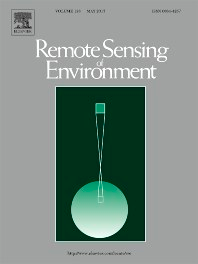AVOCADO
Anomaly Vegetation Change Detection
| TUTORIAL |
Introduction
The “AVOCADO” (Anomaly Vegetation Change Detection) algorithm is a continuous vegetation change detection method that also capture regrowth. It is based on the R package “npphen” (Chavez et al., 2017), developed to monitor phenology changes, and adjusted to monitor forest disturbance and regrowth in a semi-automated and continuous way. The algorithm uses all available data and does not require certain pre-processing steps such as removing outliers. The reference vegetation (undisturbed forest in this case) is taken from nearby pixels that are known to be undisturbed during the whole time-series, so there is no need to set aside part of the time-series as an historical baseline. By using the complete time-series in AVOCADO, more robust predictions of vegetation changes can be made while improving our ability to deal with gaps in the data. The algorithm accounts for the natural variability of the annual phenology (using the flexibility of kernel fitting), which makes it suitable to monitor areas with strong seasonality (e.g. dry ecosystems) and gradual/small changes (i.e. degradation).
| PORTAL |

[click on image]
| PUBLICATION |

